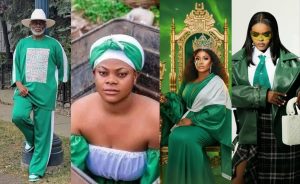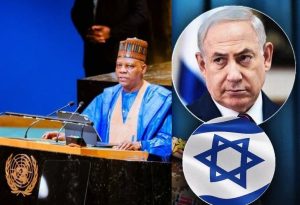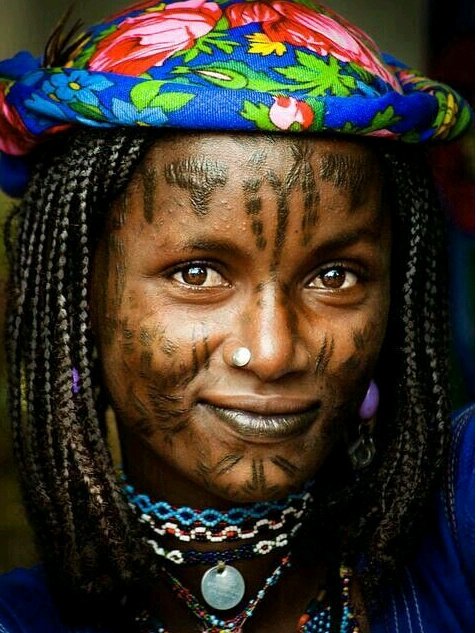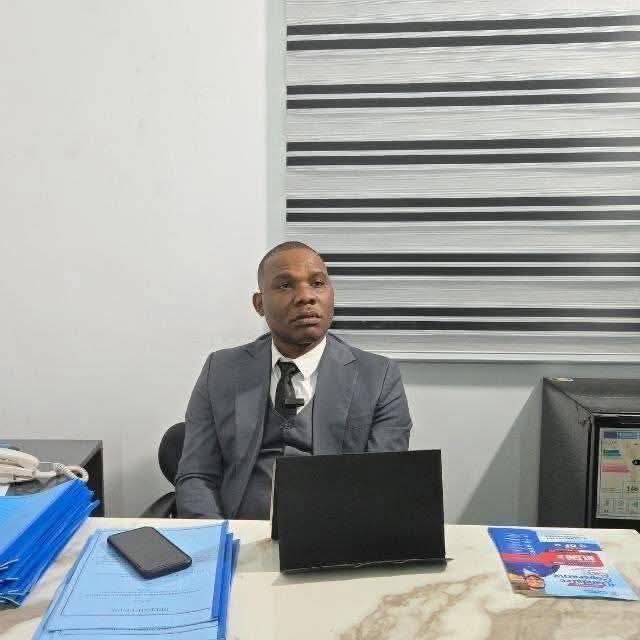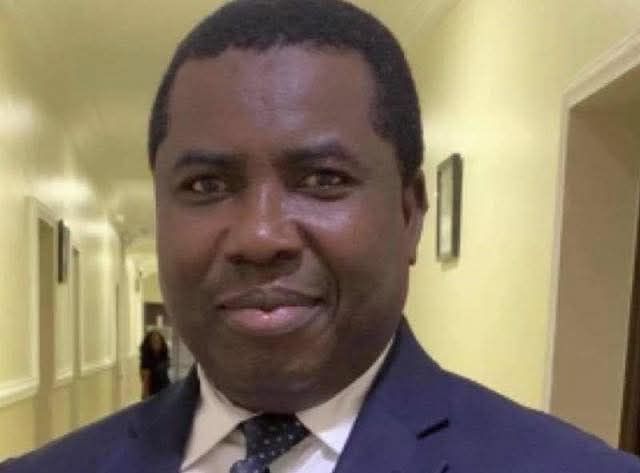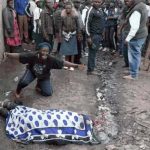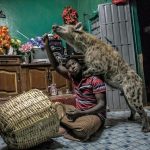
THE GOOD, BAD, AND UGLY- Different African Tribal Marks And Their Meanings.
When we talk about scars on the body, the first thought that often comes to mind is immense pain.
Regardless of what form of scars appears on a person’s body, there is always some form of pain associated with it. I mean think about it, even emotional scars are caused by painful experiences how much more physical ones.
READ: How Bakassi Boys Cut Off The Head Of A Popular Prophet In Anambra State – Edward Onyebuchi
Well, whatever the reason may be scars always have a story to tell. I always say that Africa is a continent filled with rich and various cultures.
The downside to this is that some of these cultures may be very weird but to the tribes that practice them, it’s their way of life. Tribal marks are a perfect example and although some people find physical scars offensive, others wear them with pride. You see intentional scarification on the face may not be appealing to some, nonetheless, it is a rite of passage and a sign of beauty to others. In Africa, tribal marks are also used to indicate a specific tribe that a person belongs to. Maybe you have a tribal mark hidden somewhere and have been wondering what it means. In that case, let’s see if you can find what it means with an explanation of some African tribal marks and their meanings.

Yoruba Tribal Marks
Most African nations have tribes that are an integral part of it and Nigeria is no exception. In the Yoruba communities, children are born into particular clans. Facial or tribal marks, therefore, determine what rights the person has to contribute to the well-being of the clan such as leadership. The style and location of the markings also determine which tribe the child belongs to. Below are the various types:
Pele
This facial mark can be identified by three long lines on each cheek. There are additional versions called the Pele Ife, Pele Ijebu, and Pele Ijesha.
READ: Character Assassination Kill Faster Than Any Disease Or Sickness, This is Proof
Owu
The Owu marks consist of six cuts on each cheek. This type of marking is used by the people of Owu, a historical city in Abeokuta in Ogun State, Nigeria.
Gombo
Also known as Keke, this mark is made up of a collection of lines that are short and curved half an inch apart on both sides of the mouth. The people of Ogbomosho in Oyo State use this type of markings.
Abaja
This tribal mark consists of both a basic and complex style. The simplistic style involves three or four horizontal lines on both cheeks. It can also include six lines on either cheek.

Bor Dinka Tribal Mark
This tribal mark can be found on the faces of the Bor Dinka people of South Sudan. It is said that this marking was used as an indicator of a male child belonging to a particular lineage.

Dinka
The Dinka tribe comprises many ethnic groups and each practice unique religion. They inhabit the East and West Banks of River Nile, from Mangalla to Renk, regions of Bahr el Ghazal, Upper Nile, and Abyei Area of the Angok Dinka in South Khordofan of Sudan. Their tribal marks are made up of several lines carved on the forehead on each side ultimately forming a V shape. This is done to symbolise the transition from a boy to a man. Now, if the boy screams or shows signs of being in pain, he is deemed weak.
READ: Meet the Boy Who Came From Mars and Has Predicted How the World Will End Soon

Gar Markings
The Gar facial marking is done by the Nuer people in South Sudan and southwestern Ethiopia. Facial scars are usually unique within each tribe. However, the most common include the men having six parallel horizontal lines across the forehead with one on top of the nose indentation. The women on the other hand usually adorn dotted patterns across their skin.

Bétamarribé
Usually found on girls from Benin, these tribal marks are made up of a grid pattern on the face. It is said the marking is to suggest plant growth; which symbolizes child-bearing and the well-being of one’s household.
Wodaabe Facial Marks
The Wodaabe, Mbororo, or Bororo tribe are a sub-group of the Fulani tribe found in the Sub-Saharan regions of Africa. The Wodaabe women adorn various patterns of tribal marks on their faces which are then dyed to enhance their appearance. It is said that the presence of the marks block evil spirits and also for beautification purposes. Beauty is the hallmark of the Wodaabe tribe so this doesn’t come out as a surprise. As you may have realised, this is not a list of all the unique body markings performed throughout Africa. Nevertheless, it is worth noting that though these traditions have their own significant meanings, they are losing their value in many tribes especially because it is done at an early age. Some countries are beginning to impose fines and jail sentences for those who perform body markings. It is believed that this move is an effort to protect the welfare of children.

In all honest opinion, tribal marks pose a lot of problems for those who wear them. Since it is often found offensive, most people with facial marks tend to be stigmatized or considered as outcasts when they find themselves in societies that do not appreciate them. Additionally, some of these marks are so deep that it deforms the face. In worst cases, people especially women with tribal marks are considered ugly. To make matters the pain involved in decorating the body with marks is quite severe and this can cause some form of trauma for the people. So, to my readers out there, what do you think about tribal marks? Do you believe they should be maintained or abolished? Let’s hear your thoughts on this one.
DO YOU HAVE ANYTHING YOU WANT TO TELL US ABOUT NIGERIA? CLICK HERE TO JOIN 9JA FORUM AND SHARE YOUR TOPICS WITH OVER 4000 MEMBERS.
WATCH MORE NEWS ON OUR YOUTUBE CHANNEL CLICK HERE TO SUBSCRIBE

